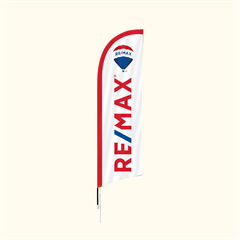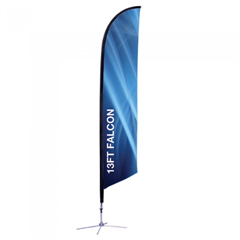1. Define Your Goals: Clearly understand the purpose of the brochure. Are you promoting a product, event, or service? Are you providing information or generating leads?
2. Identify Your Audience: Define your target audience’s demographics, preferences, and needs. Tailor your design to resonate with them.
3. Gather Content: Collect all the text, images, logos, and other content that will be included in the brochure. Make sure the content is accurate and proofread.
4. Set the Scope: Determine the size, format, and number of pages for your brochure. Will it be a tri-fold, bi-fold, or multi-page brochure?
5. Wireframing and Layout: Sketch out a rough wireframe of the brochure’s layout. Decide where the text, images, headings, and other elements will be placed on each page.
6. Design Concept: Develop a design concept that aligns with your brand identity and the brochure’s goals. Choose colors, fonts, and imagery that complement each other.
7. Start Designing: Use design software like Adobe InDesign, Illustrator, or other tools to create the actual layout. Begin with the cover and move on to the inner pages.
8. Typography and Fonts: Select appropriate fonts for headings, subheadings, body text, and captions. Ensure readability and consistency.
9. Imagery and Graphics: Integrate high-quality images, graphics, and illustrations that enhance your content. Use visuals that align with your brand and resonate with your audience.
10. Text and Content Placement: Place the gathered content in the designated areas. Ensure a logical flow of information, and use headings and subheadings for hierarchy.
11. Visual Hierarchy: Use size, color, and placement to establish a visual hierarchy. Important information should stand out, guiding the reader’s eye through the content.
12. Call to Action (CTA): Design and position CTAs strategically. Make them noticeable and use clear language that encourages action.
13. Proofreading: Review all text for spelling, grammar, and factual errors. Proofread meticulously to ensure accuracy and professionalism.
14. Feedback and Iteration: Share the design with colleagues, peers, or clients for feedback. Make necessary revisions based on their input.
15. Finalize Design: Incorporate feedback, make final adjustments, and ensure that the design is cohesive, balanced, and visually appealing.
16. Export and Preparation: Prepare the brochure for printing or digital distribution. Export it to the appropriate format, ensuring high resolution for printing or optimized file size for digital sharing.
17. Printing or Digital Publishing: If printing, choose a reputable print provider. Provide the final design and specifications. For digital distribution, upload the brochure to online platforms or your website.
18. Quality Check: Before mass production or distribution, conduct a final quality check to ensure that everything is accurate and as intended.
19. Launch and Promotion: Promote your brochure through various channels, such as social media, email campaigns, or distribution at events.
20. Gather Feedback: After distribution, gather feedback from recipients and track metrics to assess the brochure’s effectiveness.
Remember, a successful brochure design process requires collaboration, creativity, attention to detail, and alignment with your brand’s messaging and goals. Each step plays a crucial role in creating a visually appealing and impactful brochure.


























